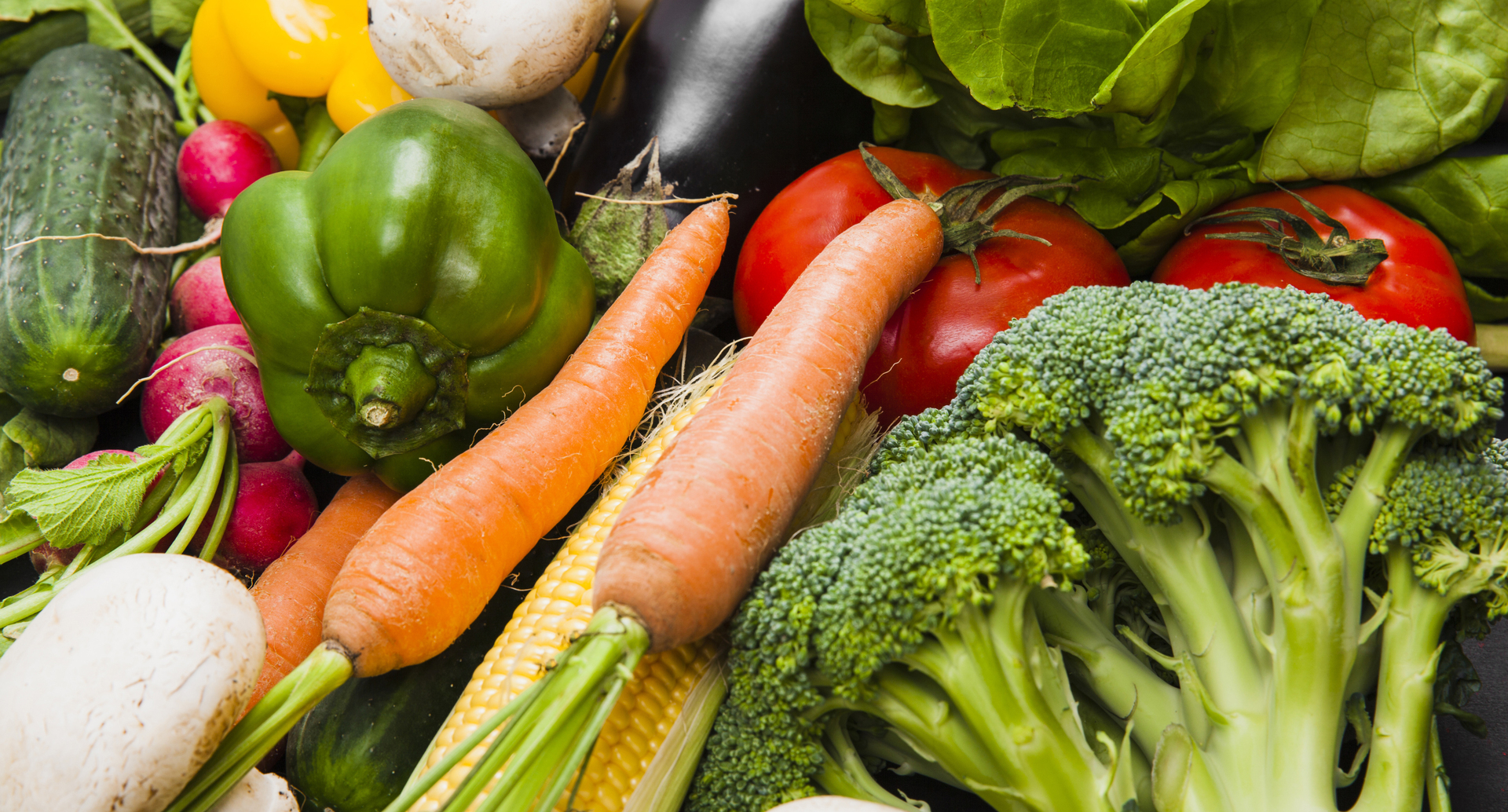I met Dr. Paul Clayton, among many other interesting speakers at the Lifestyle Medicine Conference in Kaunas, who also sold his book there. Let your food be your pharmaco-nutrition (Let Your Food Be Your Medicine), where he summarizes his vision of how food affects our health. Those with a deeper interest in the subject should read his more in-depth book on the subject, Out of the Fire.
What is inflammation?
Is chronic inflammation preventable?
What causes chronic inflammation?
The impact of inflammation on our body
Inflammation treatment. How to fight inflammation?
Anti-inflammatory foods
Dr. Paul Clayton worked as a clinical pharmacologist until he realized that the pharmacological effects of food on our health are much more diverse and important than any single pharmaceutical product. For the past 40 years, he has studied how food affects our health. This book briefly summarizes where science has come in this regard. Only a small part of what is described in the book is the fruit of Paul's own work. Much of it is a summary of the work of thousands of other scientists in laboratories and hospitals.
Below, I will briefly share Paul's vision of what is wrong with our diet and how to get it back on track.
Doctors in ancient Greece, Rome, and the Islamic world believed that our bodies were made up of four different humors, and that all disease resulted from an imbalance between these humors. This simple theory persisted for nearly 2,000 years, and its remnants survived until the 19th century, when modern medicine emerged. Then began detailed studies of how and what we are, resulting in a vast amount of information about disease, countless medical specialties, and a vast array of specific and often toxic drugs that dominate the modern medical system.
While this pharmaceutical approach is often effective in suppressing the symptoms of disease, it has failed to prevent the degenerative diseases (heart disease, diabetes, cancer, dementia, osteoporosis, arthritis, allergies, depression, anxiety, etc.) that burden today’s medical system. Research shows that the majority of these diseases—possibly even 90%—are caused by lifestyle and dietary factors and are largely preventable. These diseases are not caused by aging, which is inevitable. They are largely caused by chronic, undetected inflammation, a condition that is not inevitable at all. In fact, it is easy to treat and prevent.
This has led to a unifying theory of these diseases that leaves out dangerous drugs and instead focuses on the food we eat. It is surprisingly simple, it could almost be considered a modern and scientific version of the ancient theory of the four fluids. This new unifying theory has five elements, most of which are widely accepted.
 The diseases of modern civilization are significantly influenced by lifestyle and diet.
The diseases of modern civilization are significantly influenced by lifestyle and diet.
- Most of these diseases have one thing in common: chronic inflammation, a process that damages and destroys healthy tissues in every organ it comes into contact with.
- The three main anti-inflammatory components in our diet are omega-3 fatty acids, polyphenols, and 1-3, 1-6 beta-glucans.
- Studies show that the levels of these anti-inflammatory components in our food are at an all-time low.
- If we put these anti-inflammatory components back into our diet and remove foods that promote inflammation, these degenerative diseases will decrease by up to 90%.
If you want to increase your chances of living a long and healthy life, you should consider making some simple lifestyle changes.

What is inflammation?
“Inflammation is involved in nearly all chronic diseases… rheumatoid arthritis, Crohn’s disease, diabetes, and depression, along with the leading killers heart disease and stroke.” (Scientific American, 2009)
When talking about inflammation, two main forms must be distinguished: acute and chronic. Acute inflammation is generally a positive and short-term process that is associated with healing. Chronic inflammation is a completely bad and very complex process. For example, chronic inflammation in a joint slowly damages the cartilage, which eventually manifests as arthritis. If it occurs in the bronchi, it develops into asthma, etc. In addition, chronic inflammation also shortens telomeres, which prevents cell division and the tissue begins to die.
Very common inflammations in the body are:
- muscle inflammation
- inflammation of blood vessels
- gingivitis
- inflammation of the mucous membrane
- sinusitis
- sinusitis
- inflammation of connective tissue
- inflammation of the elbow joint
- inflammation in the knee
- Achilles tendonitis
Fortunately, every inflammation generally has its own medication, and responding to it in a timely manner is not dangerous to your health. If you suspect inflammation, consult a specialist and describe the symptoms and signs of inflammation to them, and ask for the appropriate medication to treat the inflammation.
Is chronic inflammation preventable?
 Our lifestyles have left almost all adults and an increasing number of teenagers with chronic inflammation, but it is easily preventable. Medical data shows that chronic inflammation is very rare in areas where people follow a traditional lifestyle. These areas are called Blue Zones. There are five geographical Blue Zones, including the Adventists in Loma Linda, California, but the largest Blue Zone is an island in time. This is the Victorian Blue Zone, where, according to medical data, chronic inflammation was virtually non-existent.
Our lifestyles have left almost all adults and an increasing number of teenagers with chronic inflammation, but it is easily preventable. Medical data shows that chronic inflammation is very rare in areas where people follow a traditional lifestyle. These areas are called Blue Zones. There are five geographical Blue Zones, including the Adventists in Loma Linda, California, but the largest Blue Zone is an island in time. This is the Victorian Blue Zone, where, according to medical data, chronic inflammation was virtually non-existent.
Heart disease and cancer are major problems today, but they were almost non-existent in Victorian England. The excellent available data shows that the Victorians had a better chance of living a healthy life to a ripe old age than we do. And that without the modern diagnostic tools, surgery, and drugs that we rely on.
Yes, the first few years after birth were tough, but those who made it to their fifth birthday lived as long as we do. They didn't die mostly from degenerative diseases, but from childbirth, fires, trauma, and infections. There was still heart disease and cancer, but these rates were very low, about 90% lower than they are today.
Research shows that the good health of the Victorians came mainly from their good lifestyle and diet.
What causes chronic inflammation?
Five main lifestyle causes of chronic inflammation.
- Poor balance of omega-3 and omega-6 fatty acids. They should be in a 1:1 ratio, but it has risen to 15:1 and in America as high as 25:1, we eat too little omega-3 fatty acids and too much omega-6 fatty acids.
- Too few fruits and vegetables, which contain, among other important substances, also a sufficient amount of polyphenols, which have a strong anti-inflammatory effect. We eat 2/3 less of them than the Victorians, but in addition, the content of polyphenols in our diet has fallen by 2/3, so our diet contains 90% less polyphenols than they did.
- Cooking methods that produce AGEs and ALEs promote inflammation. We cook protein- and fat-rich foods at too high a heat or consume mass-produced, processed foods.
- Overweight and obesity, a major public health challenge of the 21st century and the second leading cause of premature death, are the leading causes of chronic inflammation today.
- Free radicals, which cause oxidative stress and inflammation. Chronic inflammation creates free radicals, which in turn cause inflammation, and we are in a vicious cycle. A very big cause of free radicals is smoking.
The impact of inflammation on our body
Science is constantly evolving, but most scientists believe that chronic inflammation is the root cause of many diseases. Much of the modern aging process is driven by chronic inflammation, and the key dietary and other factors that either slow down or accelerate this process are well known.
“Chronic inflammation plays a central role in some of the most serious diseases of our time, such as rheumatoid arthritis, cancer, heart disease, diabetes, asthma, and even Alzheimer’s disease.” (Harvard Medical School Statement 2018)
Inflammation treatment. How to fight inflammation?
Fighting chronic inflammation with nutrition is cheap, easy, safe, and significantly more effective than relying on the mercy of our current healthcare system. In a nutshell, here are seven steps to fighting chronic inflammation yourself. How to reduce inflammation in the body?
- Get your diet in order. You should eat more fruits and vegetables, whole grains, and legumes. Less sugar and salt, smoked, grilled, and fried foods.
- Take an anti-inflammatory supplement. You can get everything you need from a well-balanced diet if you consume 3,500 calories or more per day. With a sedentary lifestyle, consuming 2,000 to 2,500 calories per day, it is no longer possible to get the nutrients that are essential for long-term health from even a well-balanced diet.
- A little more exercise, please! Moderate exercise and activity increase the chances of a healthier life, partly because it has anti-inflammatory effects. The standard advice is 30 minutes of activity, five times a week, at an intensity that raises your heart rate.
- Lose weight, if necessary, gradually and sustainably. There is evidence that yo-yo dieting has a pro-inflammatory effect.
- Give your immune system the best conditions to deal with any inflammation once and for all. If the immune system cannot deal with acute inflammation once and for all, chronic inflammation develops. For example, poor oral hygiene and chronic gum disease are linked to heart disease.
- Quit smoking, but you probably already knew that. Avoid or minimize exposure to polluted air.
- Reduce stress, as it puts the body's inflammatory response into alarm mode. Meditate, paint, put your fingers in the soil, be present. If necessary, take a saffron-based supplement.
A lifestyle approach, combined with a healthy diet, regular activity, and stress reduction, improves quality of life, reduces chronic inflammation, and all causes of death. This improves both health and life expectancy.
Anti-inflammatory foods

Doctors are starting to realize that one of the best ways to reduce inflammation is not in your medicine cabinet, but in your refrigerator. By following an anti-inflammatory diet, you can fight inflammation once and for all. So health also comes from food. What foods are anti-inflammatory?
An anti-inflammatory diet should include the following foods:
- tomatoes
- olive oil
- green leafy vegetables, such as spinach and kale
- nuts such as almonds and walnuts
- fatty fish such as salmon, mackerel, tuna, and sardines
- fruits such as strawberries, blueberries, cherries, and oranges
Here is healthline.com 13 Best Anti-Inflammatory Foods:
- Berries – small fruits that are full of fiber, vitamins, and minerals. The most common ones are strawberries, blueberries, raspberries, and blackberries. Berries contain antioxidants called anthocyanins. These compounds have anti-inflammatory effects, which may also reduce the risk of disease.
- Fatty fish – contains high amounts of the omega-3 fatty acids EPA and DHA, which have anti-inflammatory effects. For example, salmon, sardines, herring, and mackerel.
- Broccoli – one of the best sources of sulforaphane, an antioxidant with strong anti-inflammatory properties.
- Avocados – provide various beneficial compounds that protect against inflammation and may reduce the risk of cancer.
- Green tea – high in EGCG reduces inflammation and protects your cells from damage that can lead to disease.
- Bell peppers – Chili peppers and bell peppers are rich in quercetin, sinapic acid, ferulic acid, and other antioxidants with strong anti-inflammatory effects.
- Mushrooms – Truffles, portobello mushrooms, and shiitake mushrooms contain compounds that may reduce inflammation. Eating them raw or lightly cooked can help you take full advantage of their anti-inflammatory potential.
- Grapes – They contain plant compounds, such as resveratrol, that may reduce inflammation. They may also reduce the risk of several diseases.
- Turmeric – Contains a powerful anti-inflammatory compound called curcumin. Eating black pepper with turmeric can significantly improve the absorption of curcumin.
- Olive Oil – Offers strong anti-inflammatory effects that may reduce your risk of heart disease, cancer, and other serious health conditions.
- Dark chocolate and cocoa – the flavanols they contain can reduce inflammation. They may also reduce the risk of several diseases.
- Tomatoes – an excellent source of lycopene, which may reduce inflammation and protect against cancer.
- Cherries – both sweet and sour cherries contain antioxidants that reduce inflammation and the risk of disease.

Allan Randlepp
NutritionistAllan is a nutritionist and trainer whose favorite topics are lifestyle and longevity, including nutrition and physical activity.
Nutritional counseling





